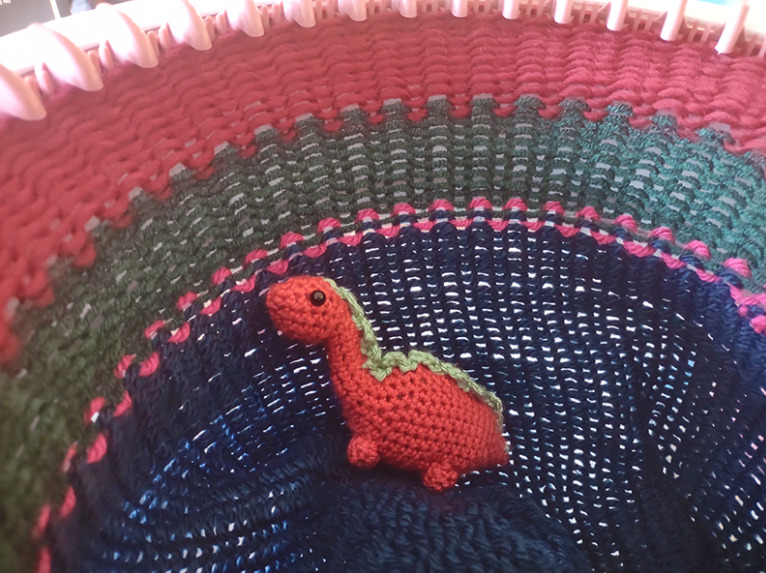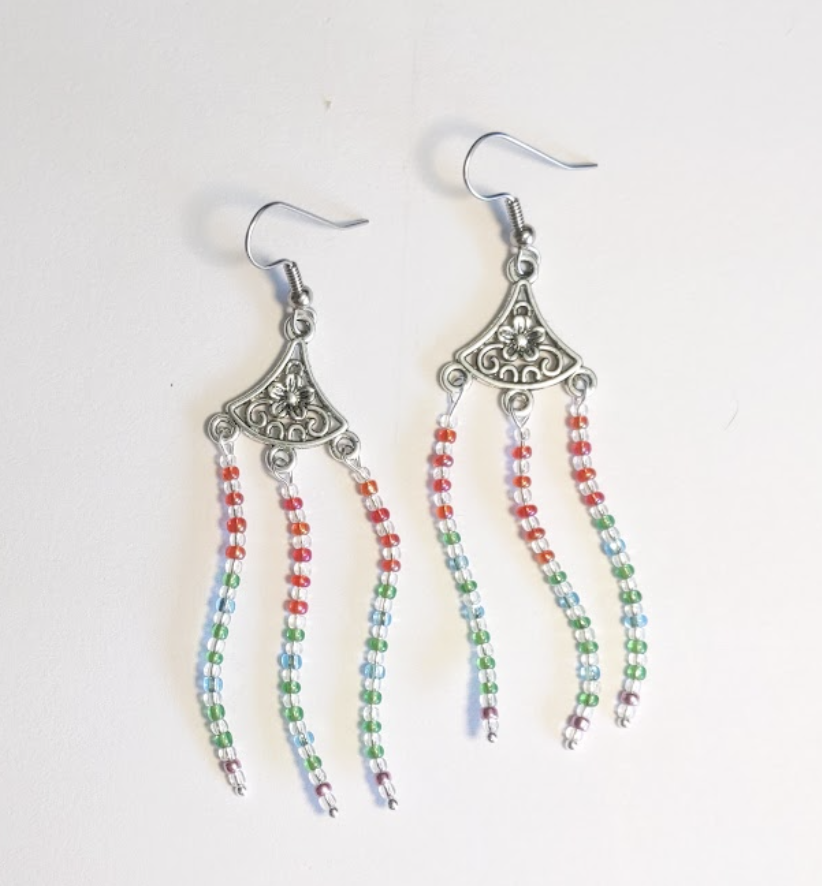HelioCrafts: Aurora Altitudes Hat
We often talk about the altitudes of aurora colors, but it can feel difficult to get a sense for just how high up the Northern and Southern Lights shine. Sometimes they seem to glow at vast distances high up in the sky, and sometimes they feel close, almost within reach. While we discuss auroral altitudes… Read More »HelioCrafts: Aurora Altitudes Hat









